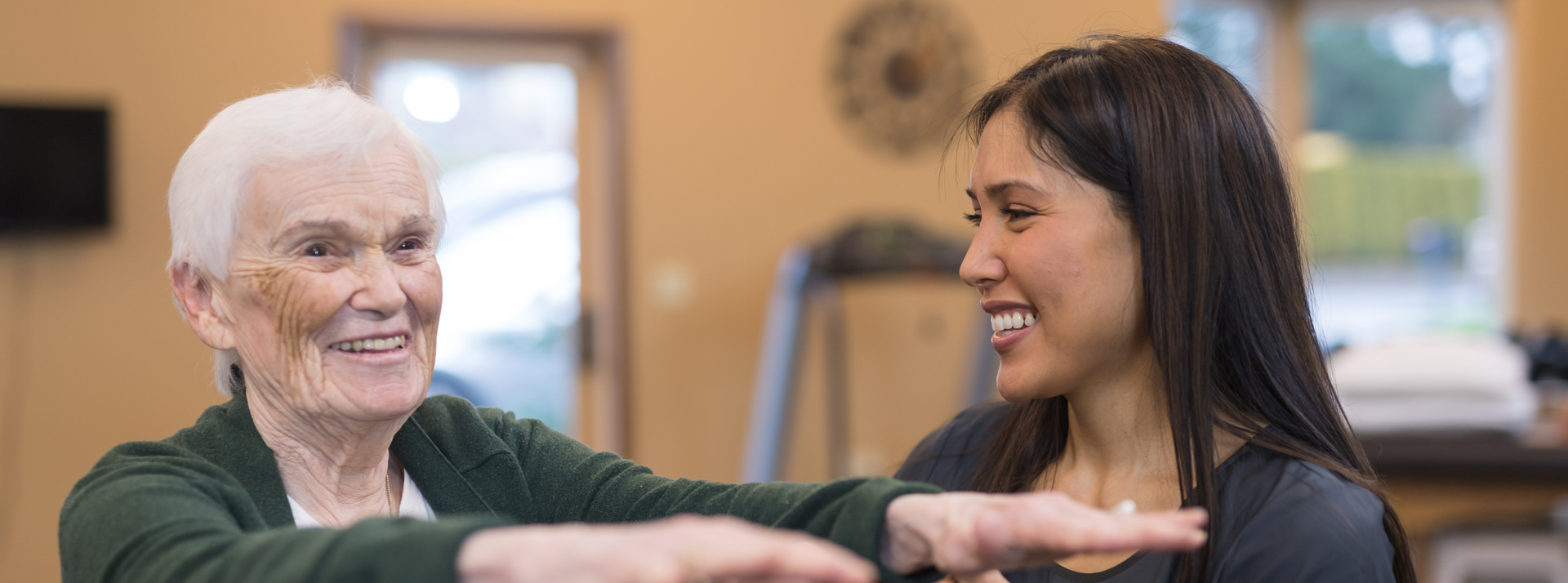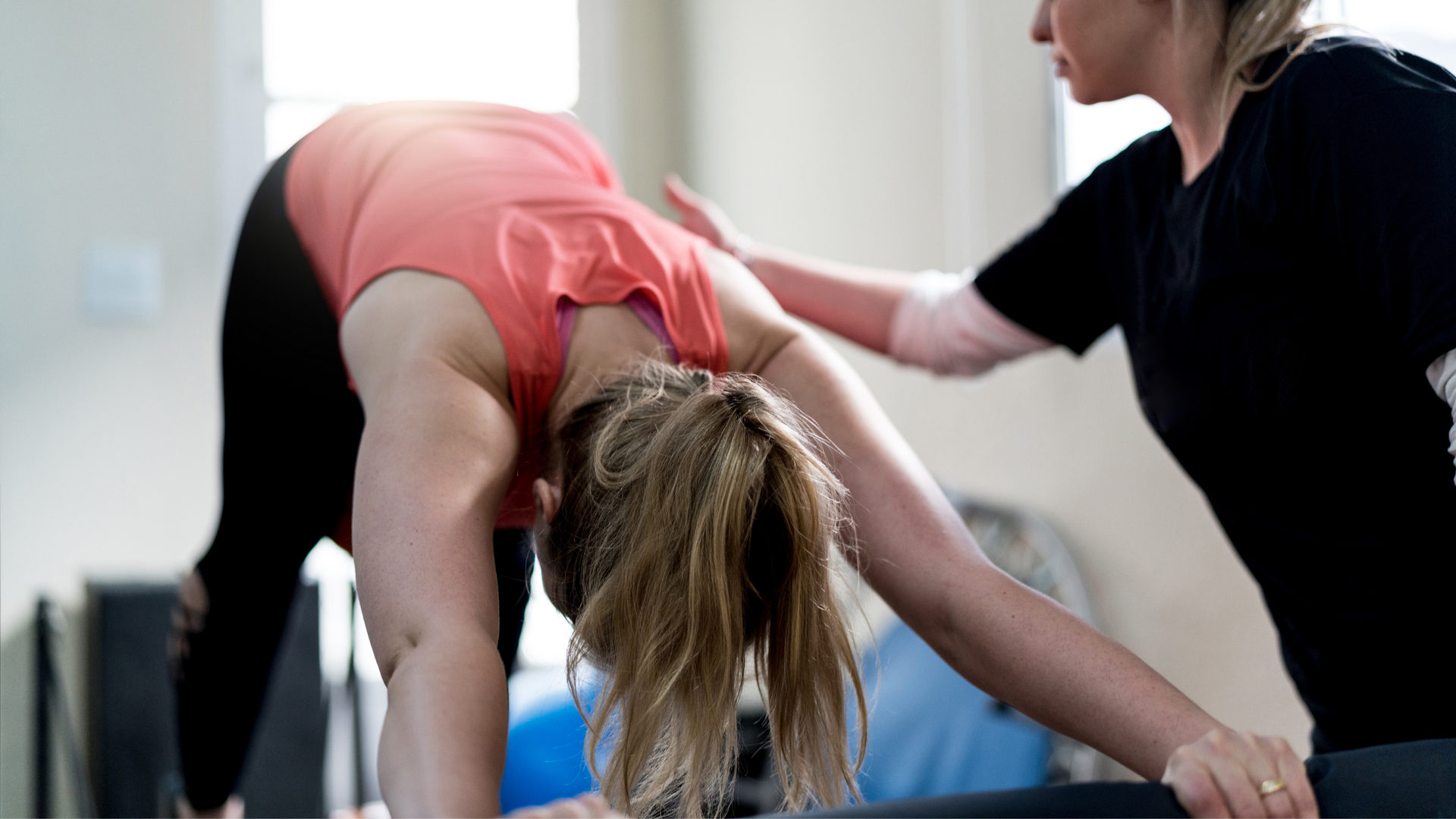Reap the rewards of a solid preseason
A good preseason can make a huge difference to our enjoyment and participation in sport.

As another wet season rumbles away to the north and the humidity starts to drop, our thoughts shift to dry season sports – hockey, basketball, netball, cricket, and tennis, to name a few.
A strong preseason can make a big difference not only to your success on the ground or court, but also
the amount of time you spend on it rather than being treated for injuries.
If you’re feeling you might have left your preseason run a little late, don’t despair. The are still benefits to be had from managing the type and frequency of training you undertake over the next few weeks, particularly if it’s in addition to sport-specific training, and every little bit will help you and your team to getting your hands on that next piece of silverware.
What is a preseason?
Preseason training is a period of progressive overload sessions that occur prior to the commencement of a new season. They are designed to condition the athlete for the physical requirements of the next season and prepare them for the demands and skills of the game. A well designed and adequate preseason will cover aerobic and anaerobic work, strength, and speed, lifting your fitness levels to new heights. It can also reduce injury risk. More on this later.
What does a preseason look like?
The duration of a preseason will vary dependent on the baseline fitness of the individual and demands of the competition. Generally, the preseason period commences about 6-10 weeks out from the commencement of competition. This permits enough time to see the necessary improvements in strength and aerobic capacity for competitive sport, positively impacting performance and reducing injury risk. Ultimately though this is dependent on how well the athlete has look after themselves during the off season. You can read more about what the off-season should look like here.
Preseasons should be progressive, gradually exposing the athlete to higher loads as their body adapts. As the preseason progresses, training focus will likely shift from being generic fitness based to being more sport and skill specific.
Key elements of a successful preseason
Let’s face it. Preseasons can be hard. They require discipline and routine, and the natural flow on from this is motivation. Creating a sustainable routine that aligns with your team and personal goals is fundamental to a successful preseason. Successful preseasons will:
- Be objectively driven. What is it you are wanting to achieve before the next season? As a team and/or as an individual, there will be different goals to consider. For example, implementing a new team structure or game plan; increasing base strength and endurance capacity; practicing key sport-specific movement patterns; or enhancing fine and gross motor skills. Any or all of these might be key objectives for the next season.
- Keep players in condition during the off season. The last thing you want is to lose all the gains from the previous season. Keeping athletes engaged in fitness and sport should contribute to improvements in physical and mental health, keep the long-term goals of the team in focus, and improve club culture and enjoyment. This is why adhering to a training program even during the off-season is crucial.
- Monitor performance progression. This should include monitoring of internal load (an individual’s response to training) and external load (all training imposed on an athlete). Wearables make this so much easier to do, monitoring heart rate metrics, distances, and speeds. Record this data alongside a training diary and you have a great base for monitoring performance and your response to training load.
- Meet the specific needs of the individual. We all have variable inherent strengths and weaknesses. Age, genetics, training history, skill level, and injury history all impact the type and style of training required. Effective preseason programs should incorporate a level if individualisation within the wider context of preparing to meet the overarching team objectives for the coming season.
How Preseason training reduces your injury risk
Preparing the body for sport during the preseason has been shown to reduce the number of time-loss injuries across several different sports. Windt et al. (2017) demonstrated a 5% reduction in the percentage of games missed from 10 preseason sessions. How is this achieved? Preseason training utilises a concept called overload, and it is this principal that can improve our physical capacity and help to reduce the risk of injury in-season.
The principal of overload is that load must exceed capacity to improve performance. If this load exposure is slightly greater than load capacity of the structure, then the structure will improve its tolerance to greater load. If the load exposure greatly exceeds the capacity of the tissue, then tissue failure may occur resulting in an injury.
The preseason period is an opportunity to expose the athlete to ever-increasing load that slightly exceeds the capacity of the structure. Provided there is adequate time, the preseason period should enable an athlete to transition from their current physical capacity (the floor) to the required physical capacity for competition (the ceiling). If the duration of the preseason is inadequate, training loads may be progressed too rapidly resulting in an increased risk of injury. Likewise, if the training load is too low, the athlete will be underprepared for the demands in competition.
The pyramid concept
The idea of the preseason is to build a strong foundation, much like that of a pyramid. From this base, the athlete can gradually build on sport specific strength, speed, and coordination. As the preseason progresses and the season proper gets underway, athlete focus can turn to refining their understanding of game plan and structure, further skill development, and maintenance of strength and match fitness. By the end of the season the athlete and the team should be reaching their peak, all off the base of a strong preseason.
The Take Home
We play sport because we love to be active, to spend time with friends and family, to participate and, hopefully, improve skills. The last thing we want is to commit to a season, only to have to sit out periods with an injury. A good preseason can make a huge difference to our enjoyment and participation in sport. Injuries still happen, that’s just a part of sport, but the risk can be mitigated by engaging in a solid preseason and building your sport-specific fitness.
Do you want to improve your on-field performance and reduce your injury risk? Give us a call.
At Movement for Life Physiotherapy, we are as much about injury prevention as we are treatment and management. We love our sport and can work with your coaches to tailor a preseason to your individual needs.
Give us a call now or click on BOOK AN APPOINTMENT to book online.
Sources
- Colby, M. J., Dawson, B., Heasman, J., Rogalski, B., Rosenberg, M., Lester, L., & Peeling, P. (2017). Preseason Workload Volume and High-Risk Periods for Noncontact Injury Across Multiple Australian Football League Seasons. Journal of strength and conditioning research, 31(7), 1821–1829. https://doi.org/10.1519/JSC.0000000000001669
- Gabbett, T. J. (2020). How much? How fast? How soon? Three simple concepts for progressing training loads to minimize injury risk and enhance performance. Journal of orthopaedic & sports physical therapy, 50(10), 570-573.
- Murray, N. B., Gabbett, T. J., & Townshend, A. D. (2017). Relationship Between Preseason Training Load and In-Season Availability in Elite Australian Football Players. International journal of sports physiology and performance, 12(6), 749–755. https://doi.org/10.1123/ijspp.2015-0806
- Windt, J., Gabbett, T. J., Ferris, D., & Khan, K. M. (2017). Training load--injury paradox: is greater preseason participation associated with lower in-season injury risk in elite rugby league players?. British journal of sports medicine, 51(8), 645–650. https://doi.org/10.1136/bjsports-2016-095973
More articles
Our goal is to enable you to live a pain-free life, with full mobility.
Copyright 2020 Physiotherapy





